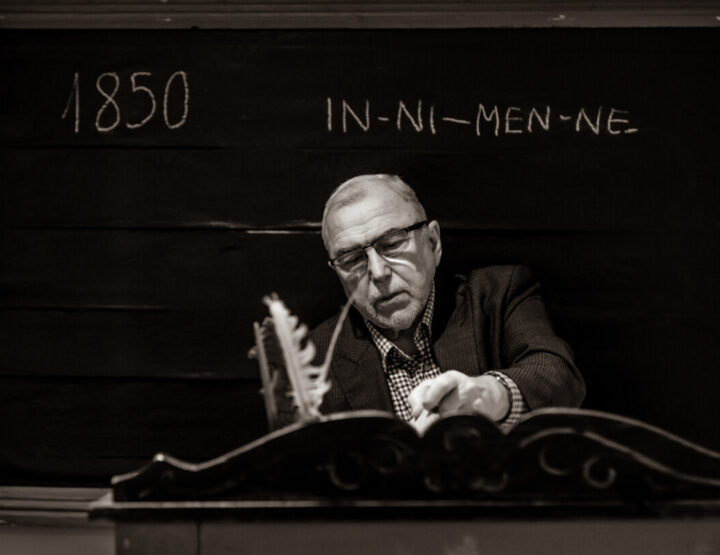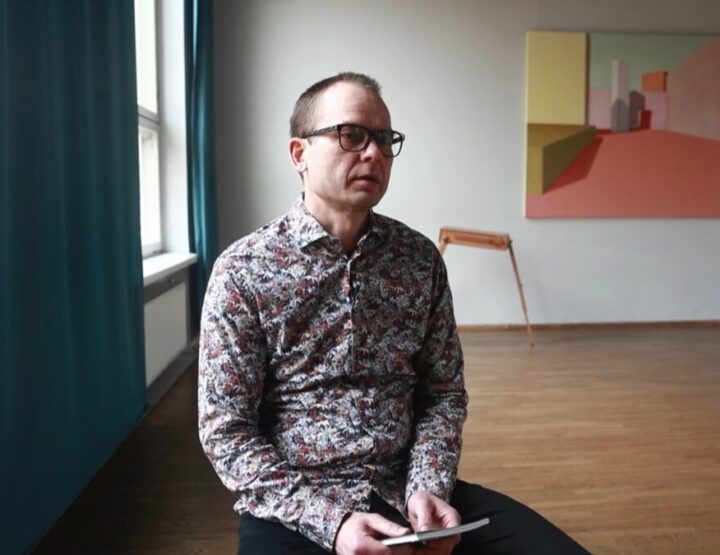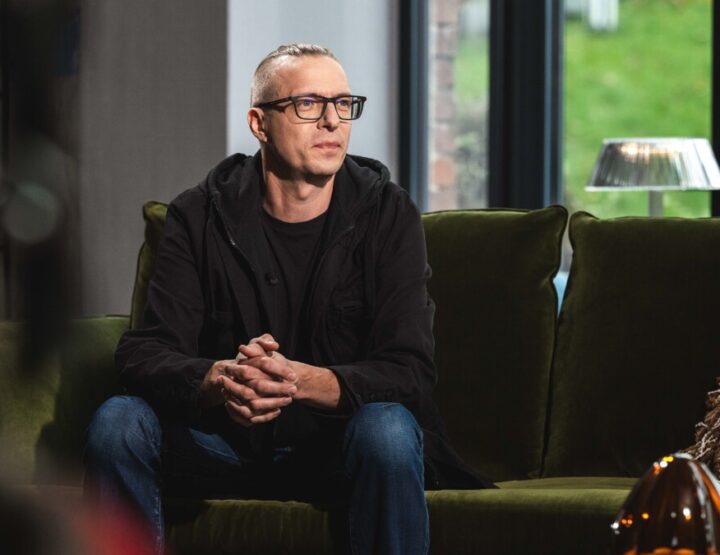You are holding the final issue of the Estonian Literary Magazine to be published by the Estonian Institute. I wish I did not have to write that sentence, but that is unfortunately the case. Although society as a whole suffers in times of crisis, the cultural sector always feels it first and most painfully.
This compels us to look both backwards and forwards in time.
As the restoration of Estonia’s independence drew closer to fruition in the late 1980s, there came a need to establish international ties, and on October 4, 1988, the Estonian Institute was founded. According to the plan drafted by Estonia’s first post-occupation president, Lennart Meri, the Institute would nurture lasting foreign relationships with cultural and educational institutions and acquaint the country with the world abroad. Although the Institute didn’t receive permission to operate until April 1989, work was already well underway thanks to volunteers and support from Estonia’s friends. The motto became: “Every beginning is easy!”
This is the Estonian Institute’s 35th year of operating as a nonprofit organization. Is enduring easy? Just as much as beginning, no doubt.
First appearing in 1995, Estonian Literary Magazine was the Institute’s longest-running publication. What has the biannual English-language periodical’s role and significance been over the last 29 years? Piret Viires, who served on its advisory board from the very beginning, writes: “[…] ELM endeavored to give readers new to Estonian literature a general historical background while simultaneously focusing on fresh authors and the aspects that make up the fabric of the contemporary scene in all its motley brilliance.”
“This continued in every issue that went to press. Estonian literature changed and developed over those years, and its most thrilling authors and trends all found their way into the publication. Flipping through the 57 issues, one understands its manner of development from the perspective of ELM’s editors, who sought phenomena that would pique the interest of non-Estonian readers while still conveying active literary trends.”
In this final issue, literary scholar Rein Veidemann gives a brief and colorful overview of Estonian literature, focusing on the last thirty years. Veidemann’s view of literature is broader and he uses a metaphor from theater: “[…] the revolving stage, which allows quick, smooth transitions between scenes and characters, is a particularly vivid symbol of contemporary Estonian literature if you compare the early decades of the 21st century to its earlier development.” He notes that although the number of organized writers in Estonia is at an all-time high, the country’s literature is growing more niche in terms of both genre and audience. “Amidst the revolving stage’s kaleidoscopic diversity, the creation and preservation of identity through fundamental codes—something that was regarded as literary culture’s primary function—is losing its meaning.”
And what will the future bring? Young author Reijo Roos doesn’t believe that AI and the metaverse will alter the writing process: “There will always be a writer who wants to say something and a reader who will listen. So, it has been for generations and is unlikely to change in the next fifty years. Some topics might be more prominent over the coming decades (i.e. climate, equal rights, artificial intelligence, and globalization). Still, in the end, people are fascinated most by other people’s thoughts and emotions.”
Yes, people! Magazines aren’t made without people, either. From beginning to end, ELM’s editors were Krista Kaer, Piret Viires, Janika Kronberg, Rutt Hinrikus, Tiina Randviir, Jan Kaus, Berit Kaschan, and Annika A. Koppel.
I’d like to thank ELM’s current advisory board, translator Adam Cullen, copyeditor Robyn Laider, and designers Piia Ruber and Andres Tali—it was wonderful making this magazine with you! My thanks also go out to the authors, as their contributions truly defined the publication. I greatly enjoyed editing ELM, particularly because almost no one I approached declined to write a piece—only a couple of authors were genuinely short on time.
To borrow the revolving-stage metaphor as well, I’ve no doubt that a new publication will appear and take the place of our former guide through Estonian literature, albeit with a different title and format. It’s simply how things must be, as we need these guides more than ever to navigate the kaleidoscopic stage spinning on the metaverse’s threshold.





